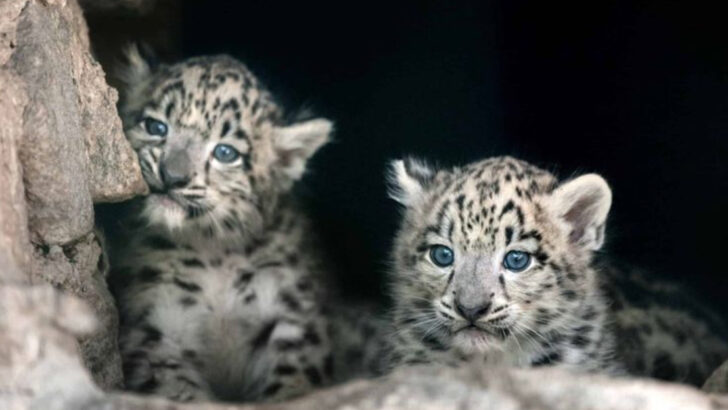Snow leopards are ghosts of the mountains—rarely seen, fiercely elusive, and wrapped in an air of mystery.
Perched high in the rugged peaks of Central Asia, these magnificent cats navigate sheer cliffs like acrobats, blending so perfectly into their snowy surroundings that even seasoned wildlife experts struggle to spot them. But there’s so much more to these animals than their breathtaking camouflage.
They can leap six times their body length in a single bound. Their tails? Almost as long as they are—doubling as a built-in scarf against freezing winds. And their eerie, almost silent roar? It’s something straight out of a legend.
If you thought you knew snow leopards, think again. These 17 facts will change the way you see one of nature’s most extraordinary predators.
Camouflage Masters
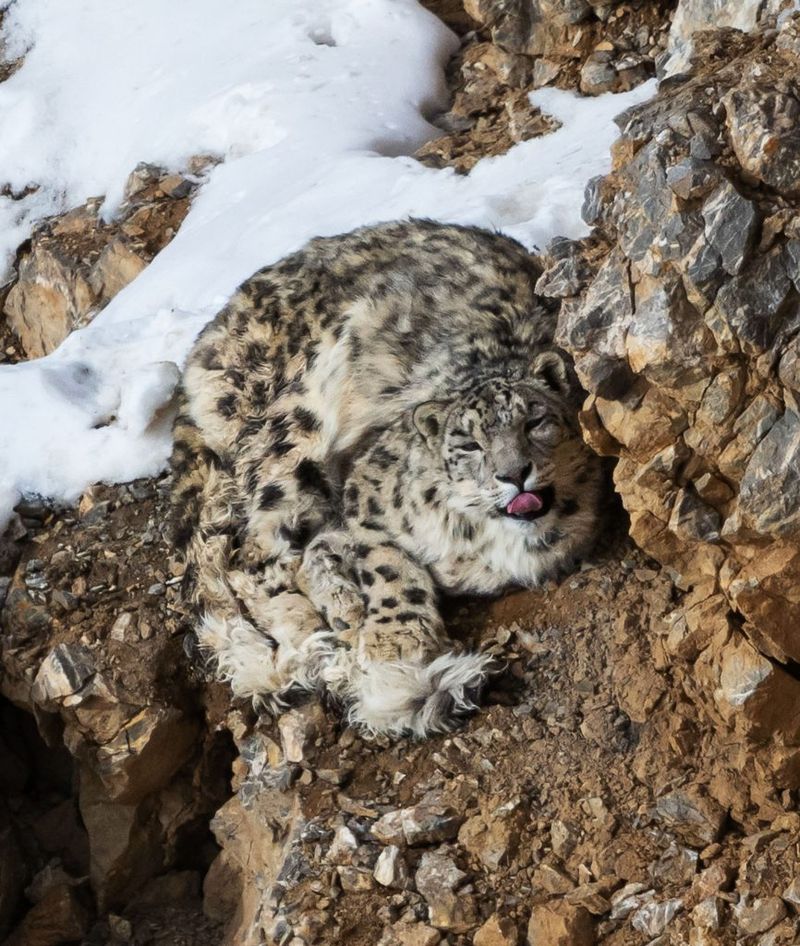
Snow leopards are masters of disguise, with their thick, patterned fur allowing them to blend seamlessly into their rocky surroundings. This incredible camouflage helps them to ambush prey effectively and evade potential predators. The coat’s color not only matches the snow but also the rocks and shrubs in their habitat.
Their spots and rosettes break up the outline of their bodies, making them almost invisible to the untrained eye. This adaptation is essential for survival in the harsh environments they call home. It’s truly a testament to nature’s ingenuity and the snow leopard’s evolutionary success.
Long, Balancing Tail
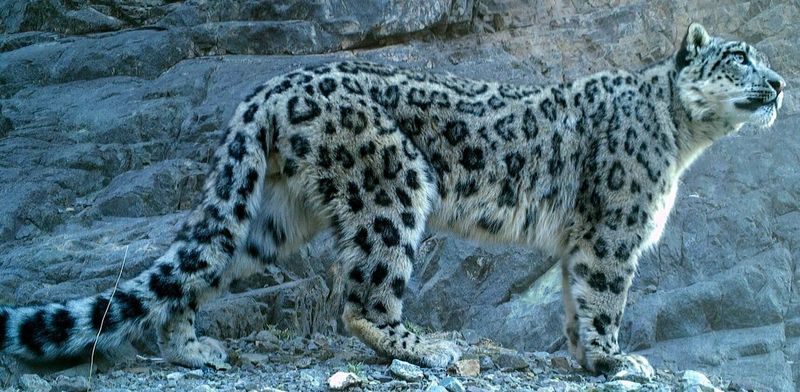
A snow leopard’s tail isn’t just for show; it’s a crucial tool for balance and warmth. Measuring up to three feet, the tail acts as a rudder while leaping across treacherous terrain. This allows snow leopards to navigate the rocky and steep landscapes with ease, reducing the risk of falling.
Moreover, the tail is thick and furry, helping to keep the snow leopard warm in freezing temperatures. When resting, they often wrap it around themselves like a cozy scarf. This multi-functional appendage highlights the snow leopard’s adaptability to its environment.
Incredible Leapers
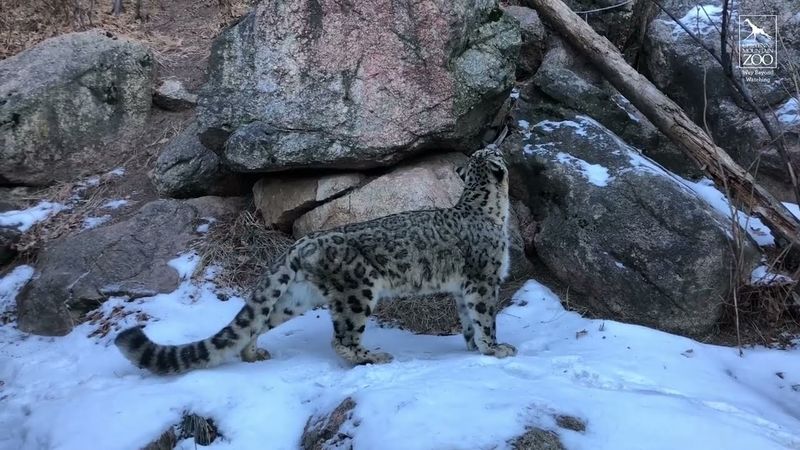
Snow leopards are renowned for their extraordinary leaping abilities, capable of covering distances up to 50 feet in a single bound. This skill is vital for catching prey and moving effortlessly across their mountainous homes.
Their powerful hind legs provide the strength needed for these impressive jumps, while their flexible spine adds to their agility. This combination of strength and flexibility makes them one of nature’s most formidable hunters. Observing a snow leopard in action is a breathtaking sight, showcasing grace intertwined with raw power and precision.
Solitary Wanderers
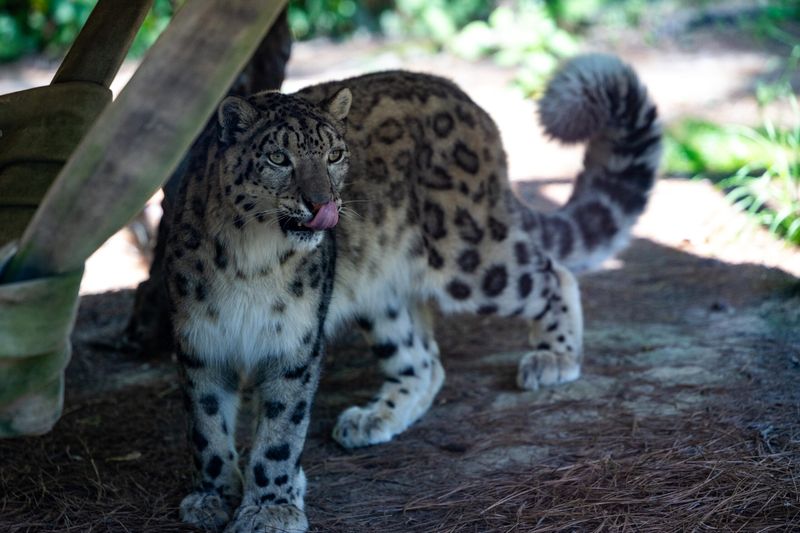
Unlike some big cats, snow leopards are solitary creatures, preferring a life of seclusion in the vast wilderness. They roam across large territories, with home ranges spanning hundreds of square miles.
These elusive animals communicate through scent markings and vocalizations, but direct encounters are rare. By living alone, snow leopards reduce competition for resources, ensuring enough prey for survival. This solitary lifestyle is a key aspect of their behavior, providing insight into their mysterious and independent nature.
Stealthy Hunters
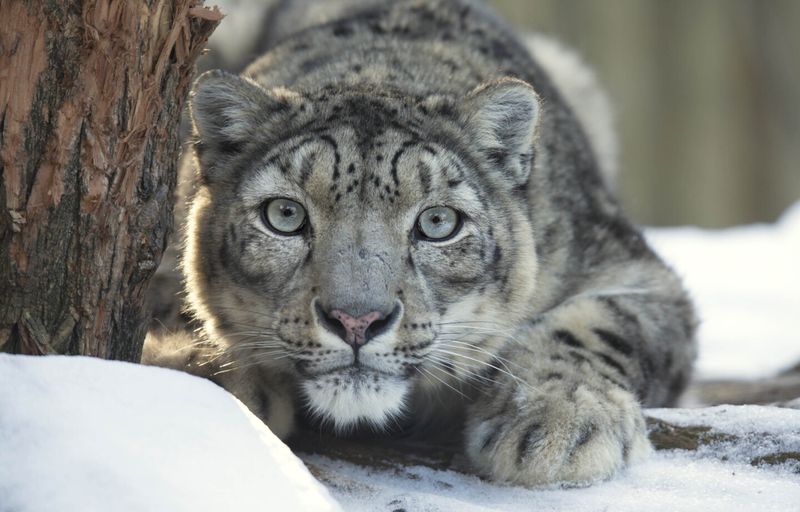
Snow leopards are stealthy predators, using their environment to their advantage when stalking prey. Their soft, padded paws allow them to move silently across the snow, ensuring they remain undetected until the last moment.
Patience is a virtue for these hunters, often waiting for the perfect opportunity to strike. This combination of stealth and patience makes them effective predators in their harsh habitats. Their success as hunters is a reflection of their evolutionary adaptations and acute senses.
Exceptional Climbers
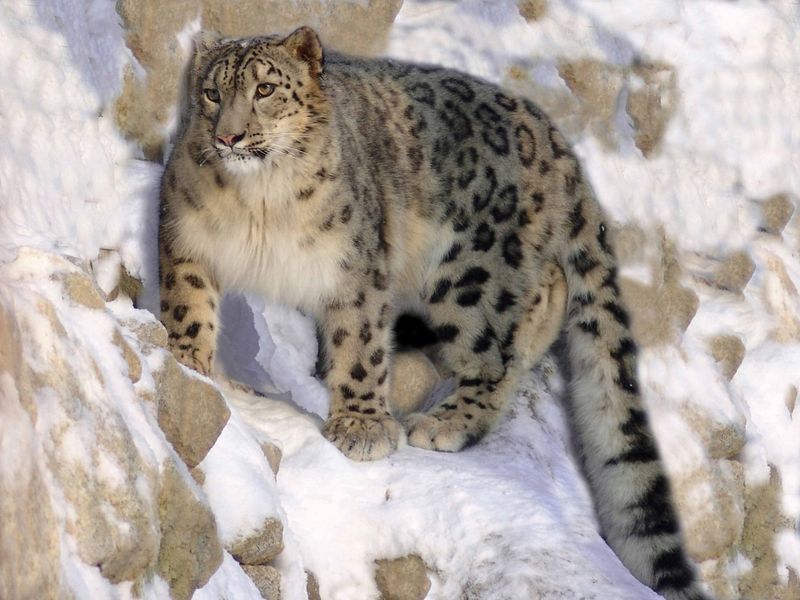
The rugged terrains of the Himalayas and Central Asia are no match for a snow leopard’s exceptional climbing skills. These big cats are adept at scaling steep cliffs and rocky outcrops, a necessity for survival in their mountainous habitats.
Their powerful limbs and sharp claws provide the grip needed to navigate vertical surfaces, while their impressive balance keeps them steady on narrow ledges. Climbing is second nature to snow leopards, enabling them to pursue prey and evade danger with agility and confidence.
Thick, Insulating Fur
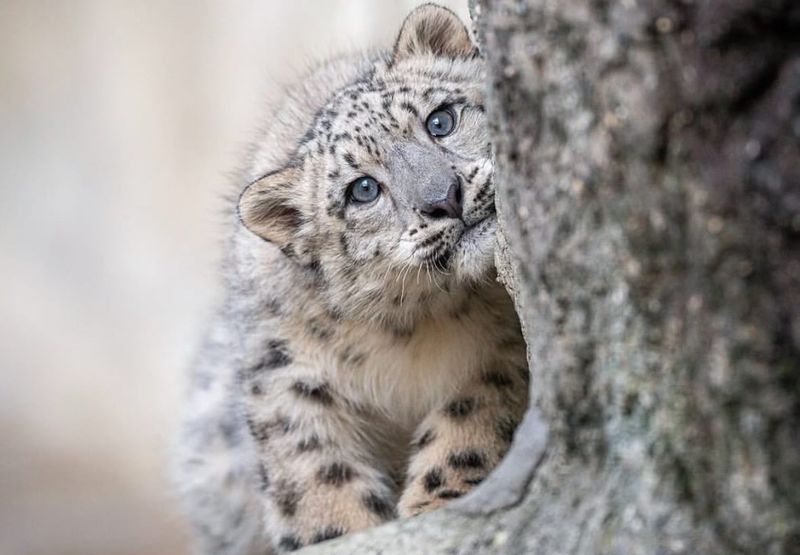
Snow leopards boast a luxurious coat of dense, insulating fur, perfectly adapted to the extreme cold of their high-altitude homes. This thick coat traps air, providing a warm barrier against the chilly temperatures and biting winds.
The fur’s coloration is not only beautiful but also functional, aiding in camouflage and temperature regulation. This natural insulation is vital for survival, allowing snow leopards to thrive in some of the harshest climates on earth. Their fur is a marvel of nature, combining elegance with practicality.
Unique Vocalizations
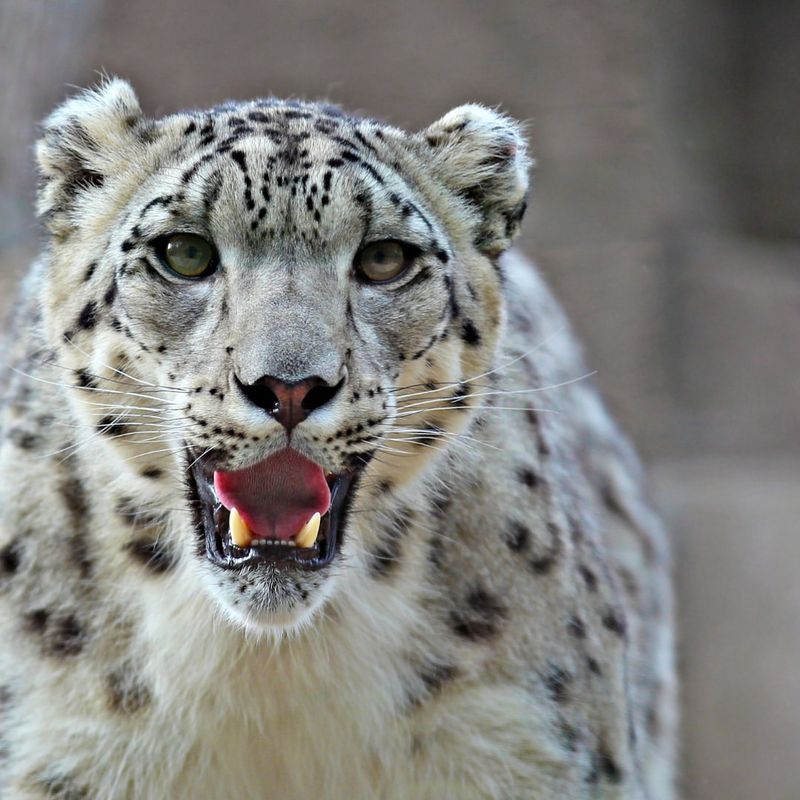
Unlike other big cats, snow leopards cannot roar due to the unique structure of their vocal cords. Instead, they produce a variety of sounds, including growls, hisses, and a distinctive yowl known as a “chuff.”
These vocalizations play an essential role in communication, helping snow leopards to establish territory and interact with potential mates. The haunting yowl is particularly noteworthy, echoing through the mountains and adding to their enigmatic charm. This distinct vocal repertoire sets snow leopards apart, highlighting their unique place in the animal kingdom.
Mysterious Cubs
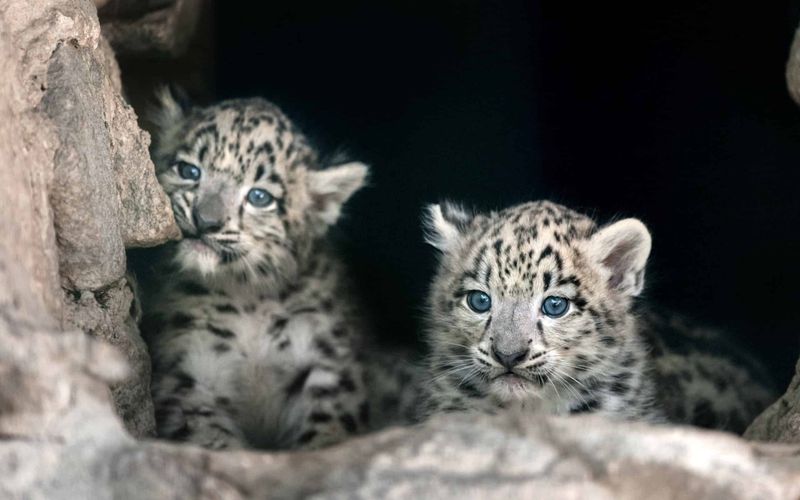
Snow leopard cubs are born blind and helpless, relying entirely on their mother for survival. These vulnerable little ones spend the first few months hidden in a den, protected from predators and harsh weather.
As they grow, cubs learn essential survival skills from their mother, including hunting and navigating the rugged terrain. Play is an important part of their development, fostering agility and strength. Observing snow leopard cubs is a rare and heartwarming experience, offering a glimpse into the early life of these magnificent creatures.
Endangered Status
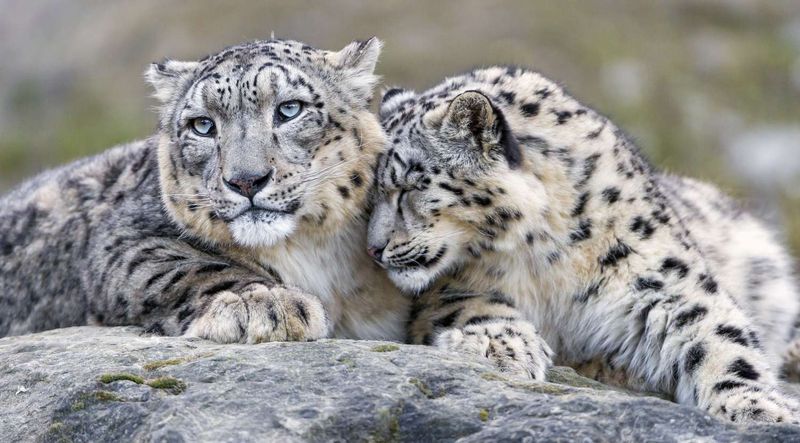
Snow leopards are classified as vulnerable, with their populations declining due to habitat loss, poaching, and climate change. Conservation efforts are critical to ensure their survival, focusing on habitat protection and community involvement.
Various organizations are working tirelessly to combat these threats, promoting coexistence between humans and snow leopards. Raising awareness about their plight is vital, inspiring action to preserve these majestic cats for future generations. The snow leopard’s endangered status serves as a reminder of the delicate balance between nature and human activity.
Dietary Preferences
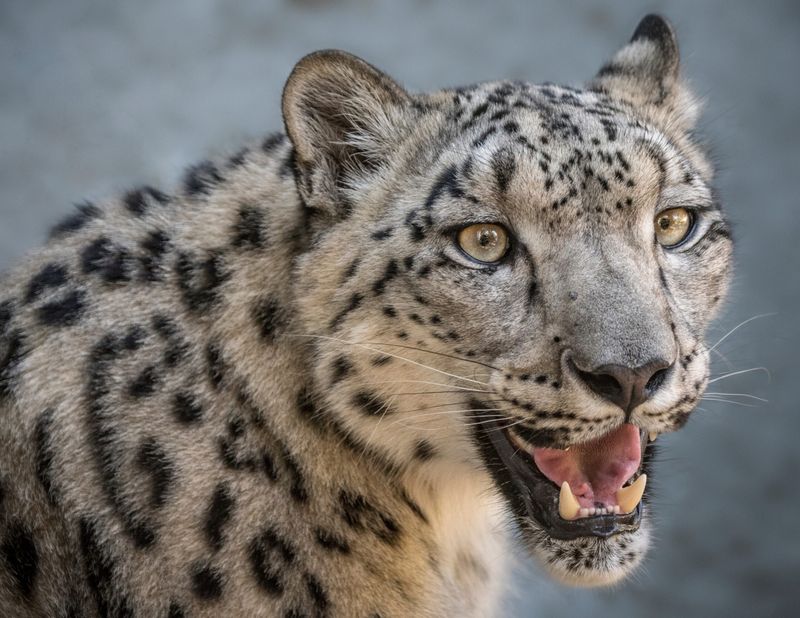
Snow leopards have a varied diet, primarily preying on blue sheep, ibex, and other mountain ungulates. Their opportunistic nature allows them to adapt to the availability of prey, occasionally hunting smaller mammals and birds.
These big cats are skilled hunters, using their stealth and agility to catch elusive prey in challenging environments. Understanding their dietary needs is crucial for conservation efforts, ensuring that their habitats support a healthy prey population. The snow leopard’s diet reflects its adaptability and resilience in the face of adversity.
Cultural Significance
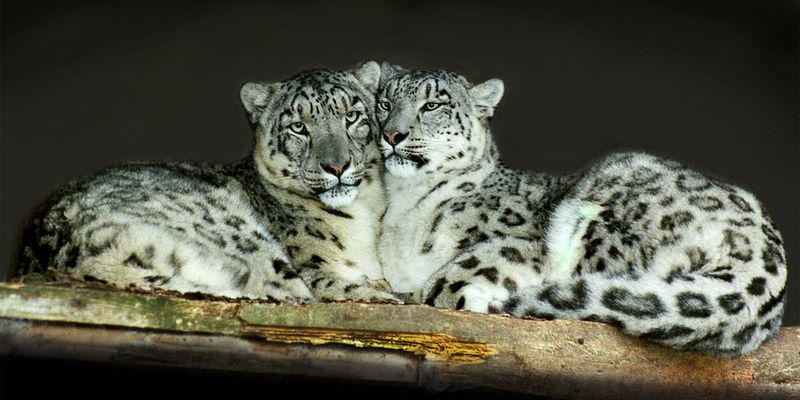
In many cultures across Central Asia, snow leopards hold significant cultural and spiritual importance. Revered as symbols of strength and grace, they are featured in folklore, art, and religious ceremonies.
For centuries, snow leopards have inspired myths and stories, highlighting their mystical allure. This cultural reverence plays a vital role in conservation, fostering respect and protection for these magnificent animals. By understanding their cultural significance, we can appreciate the deep connection between snow leopards and the people who share their habitat.
Scientific Name Meaning
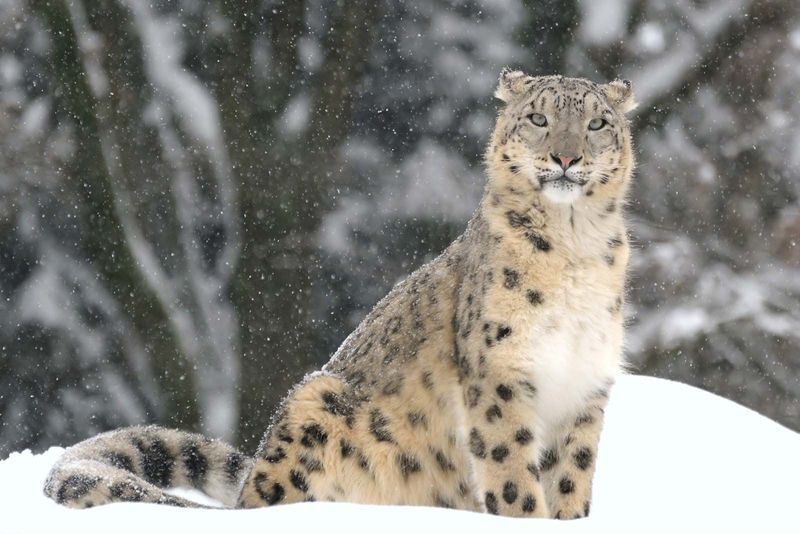
The scientific name for snow leopards, Panthera uncia, has an interesting etymology. “Panthera” refers to the genus of big cats, while “uncia” is derived from the old Latin word for lynx.
This name reflects the snow leopard’s unique position within the cat family, combining characteristics of both big cats and smaller feline species. Understanding the etymology of their name adds depth to our appreciation of these enigmatic creatures, highlighting their distinct evolutionary history. It’s a name that captures the essence of the snow leopard’s mysterious allure.
Conservation Heroes
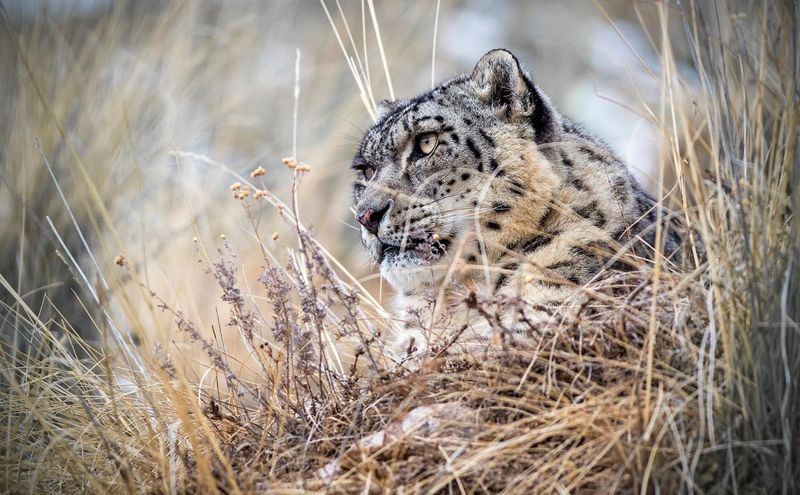
Dedicated conservationists are the unsung heroes in the fight to save snow leopards. Working in remote and challenging environments, they conduct research, track populations, and implement protection strategies.
These individuals often collaborate with local communities, fostering coexistence and reducing human-wildlife conflict. Their tireless efforts are crucial for the survival of snow leopards, ensuring that these magnificent animals continue to thrive in their natural habitats. The dedication of conservationists is inspiring, highlighting the impact of individual action in preserving our planet’s biodiversity.
Adaptation to High Altitudes
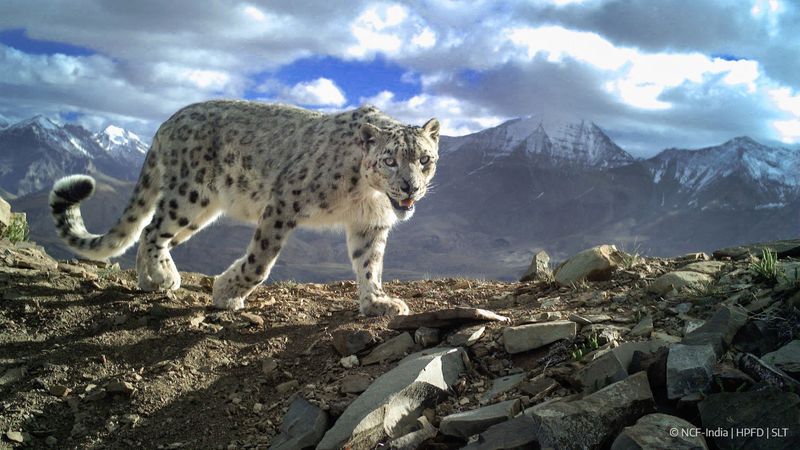
Snow leopards are uniquely adapted to life at high altitudes, thriving in mountainous regions above 9,800 feet. Their physical adaptations, such as large nasal passages and a robust chest, allow them to breathe efficiently in thin air.
These adaptations enable snow leopards to maintain their agility and strength in environments where oxygen is scarce. Their ability to live at such elevations is a testament to their resilience and evolutionary success. Understanding these adaptations provides insight into the snow leopard’s remarkable ability to conquer some of the most challenging habitats on earth.
Night Vision
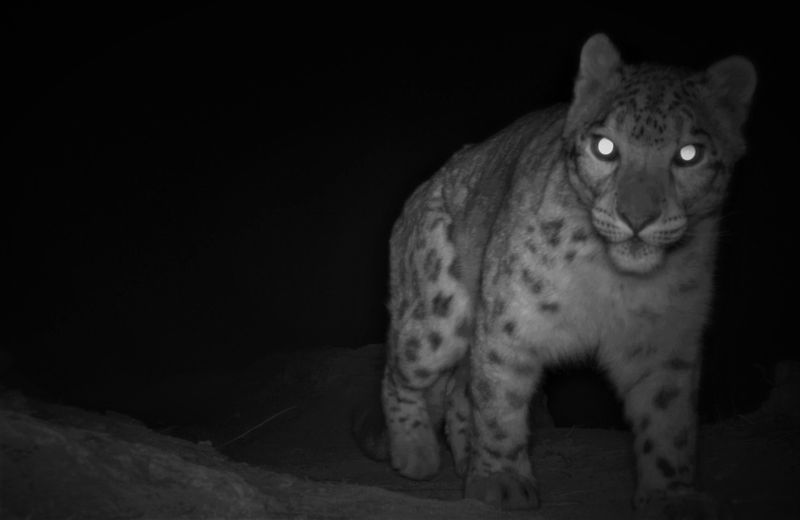
Snow leopards possess excellent night vision, allowing them to hunt effectively under the cover of darkness. Their large, reflective eyes capture even the smallest amount of light, enhancing their ability to see in low-light conditions.
This adaptation is crucial for survival, enabling snow leopards to capitalize on the nocturnal activities of their prey. The combination of stealth and enhanced vision makes them formidable predators, perfectly suited to their environment. Observing their nocturnal behavior offers a glimpse into the secretive world of these elusive big cats.
Unique Social Behavior
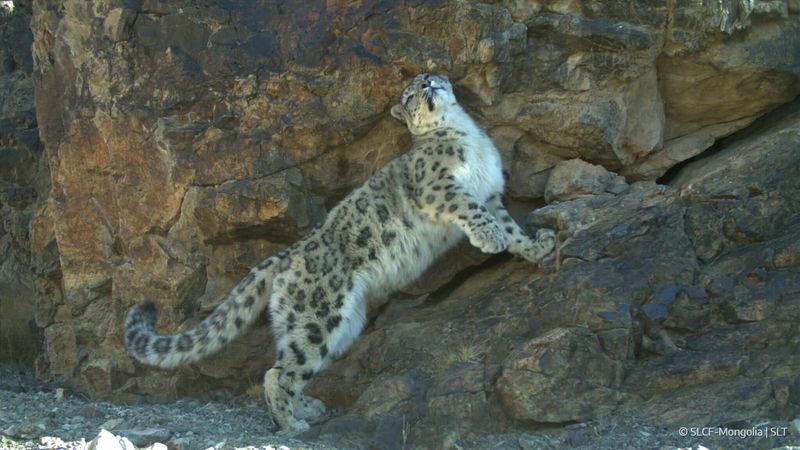
Though solitary, snow leopards exhibit unique social behaviors through scent marking and vocalizations. They use scent glands to mark territory and communicate with other leopards, creating a network of invisible boundaries.
This behavior reduces direct confrontations and helps maintain a balanced population within their habitats. Vocalizations also play a role, allowing snow leopards to convey information without physical interaction. These social mechanisms highlight the complexity of their communication and their ability to thrive in isolation. Understanding these behaviors enriches our knowledge of snow leopard ecology and conservation.

